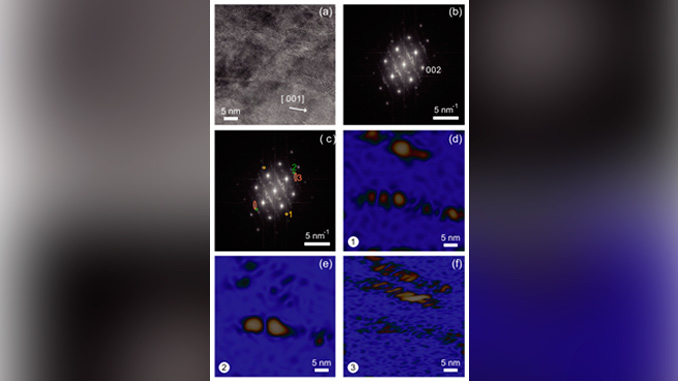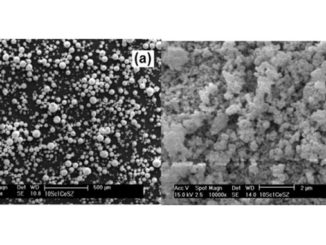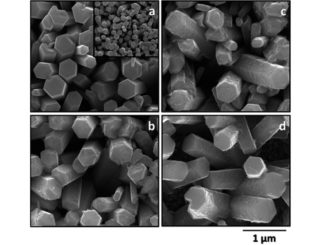
Writers: P Schio; F J Bonilla; Y Zheng; D Demaille; J Milano; A J A de Oliveira; and F Vidal
Abstract: The magnetic relaxation of Co nanowires assemblies embedded in CeO2/SrTiO3(001) epilayers has been investigated by magnetization decay measurements. Two different samples were studied, with nanowires having distinct crystallographic structures and diameters of 3 and 5 nm. The structure of the nanowires was derived from high-resolution transmission electron microscopy analysis. The 3 nm diameter nanowires are made of hcp Co grains with the c-axis pointing along one of the four 〈111〉 directions of the CeO2 matrix, separated by fcc Co regions. In the 5 nm diameter nanowires, the grains are smaller and the density of stacking faults is much higher. The magnetic viscosity coefficient (S) of these two systems was measured as a function of the applied field and of the temperature. Analysis of the variation of S and of the activation volume for magnetization reversal reveals distinct behaviors for the two systems. In the nanowires assembly with 5 nm diameter, the results can be described by considering an energy barrier distribution related to shape anisotropy and are consistent with a thermally activated reversal of the magnetization. In contrast, the anomalous behavior of the 3 nm diameter wires indicates that additional sources of anisotropy have to be considered in order to describe the distribution of energy barriers and the reversal process. The distinct magnetic behaviors observed in these two systems can be rationalized by considering the grain structure of the nanowires and the resulting effective magnetocrystalline anisotropy.




